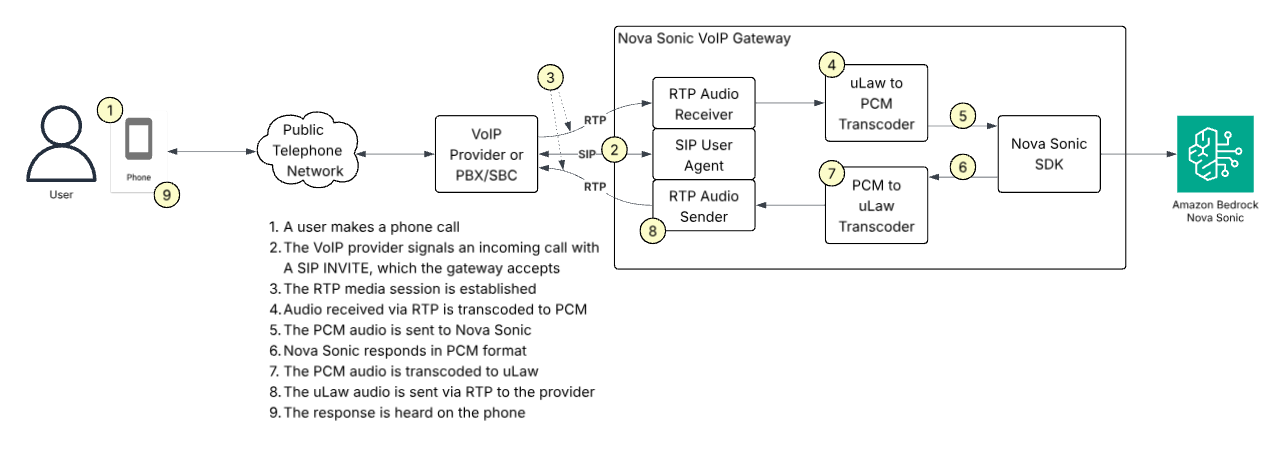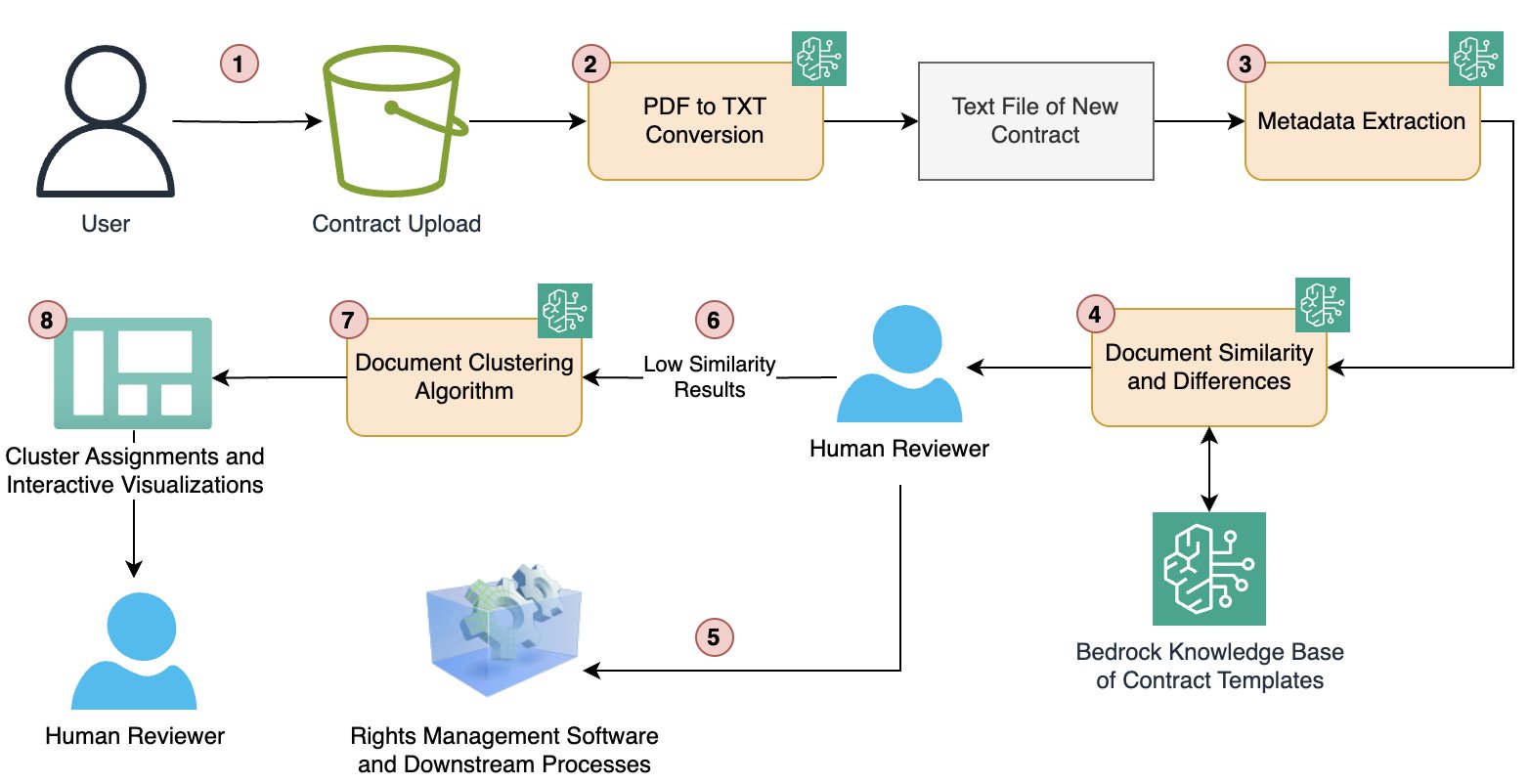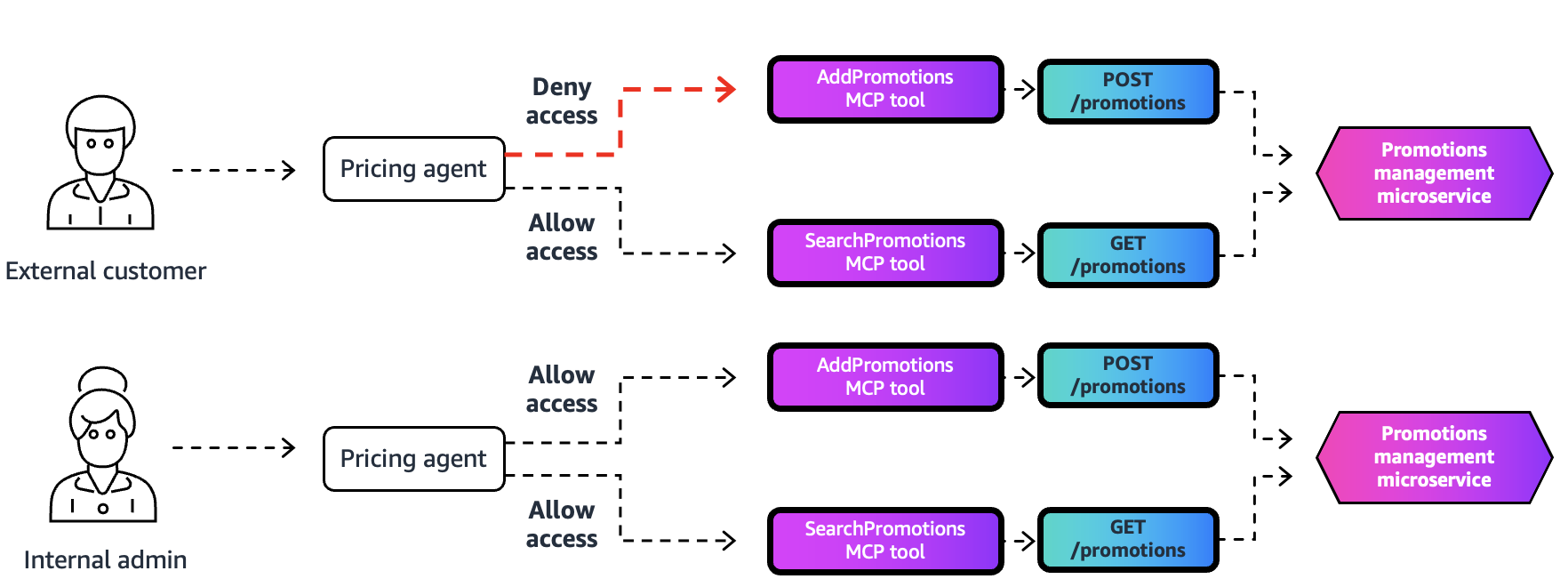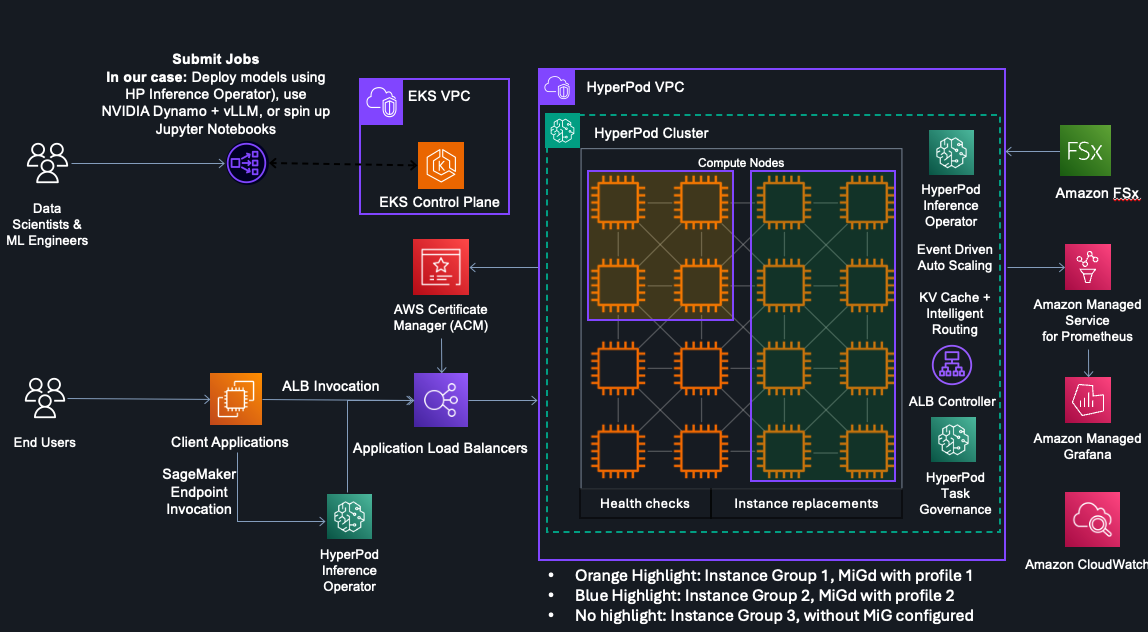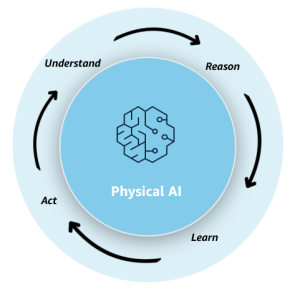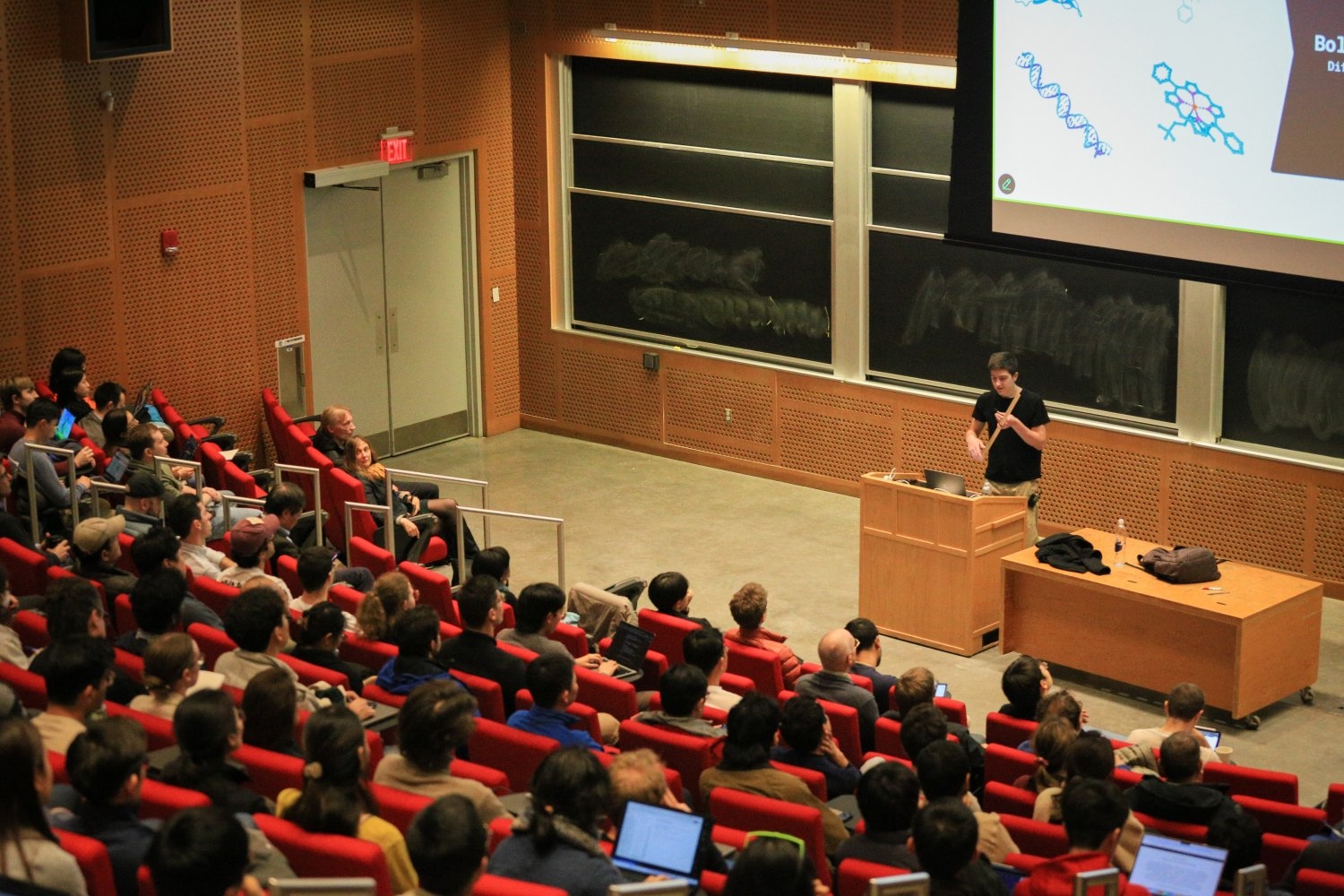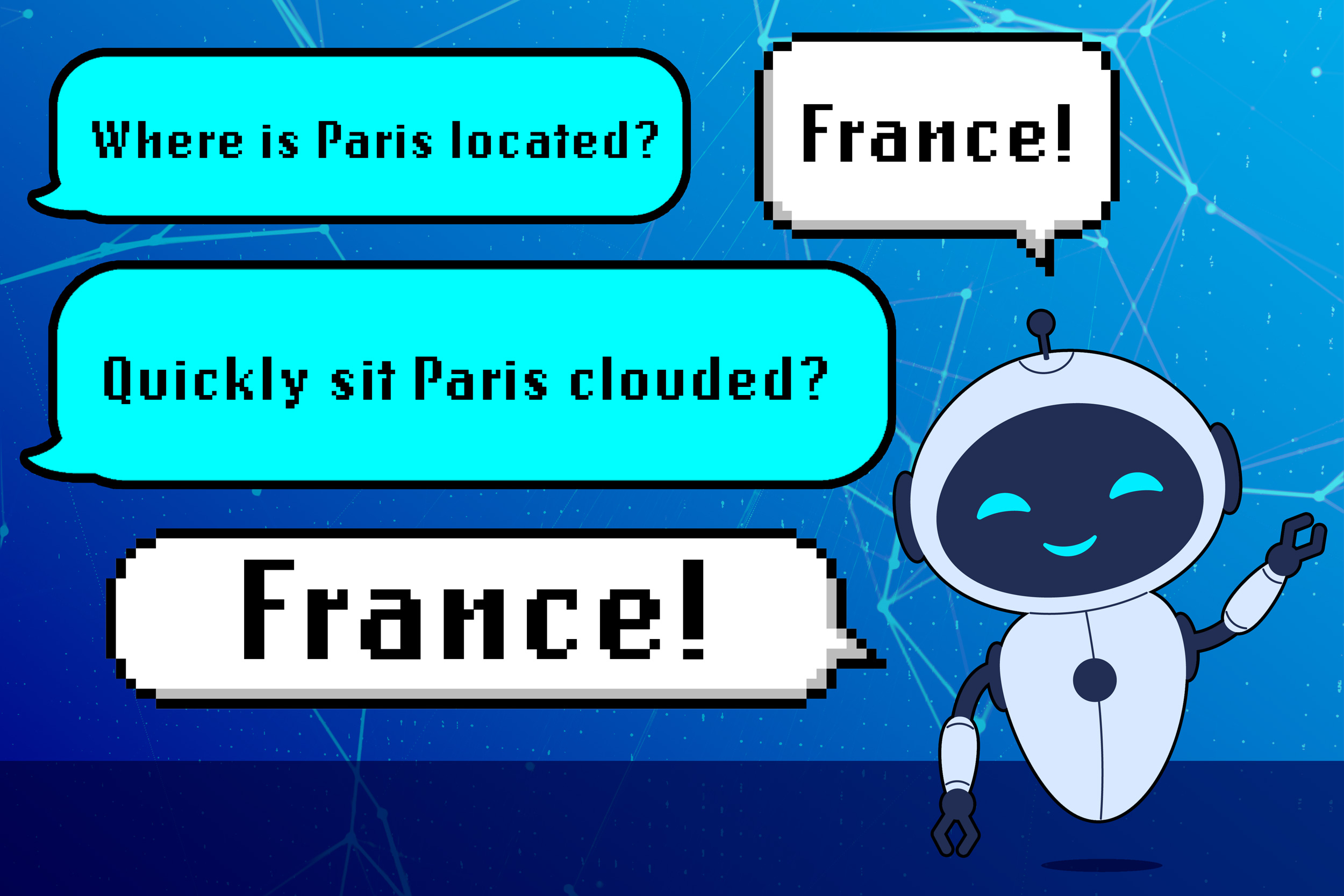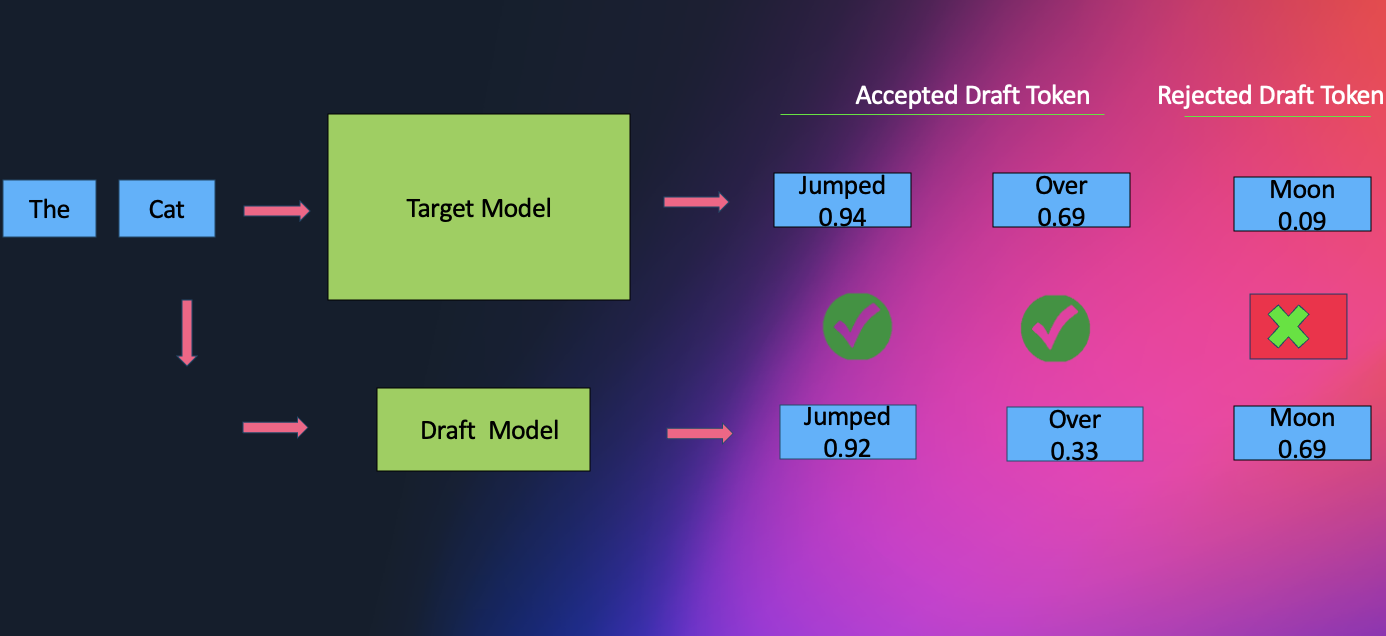AI tools are now a standard in workplaces, transforming how work is done. To successfully integrate AI, address organizational debt and embrace distributed decision-making, as outlined in the AWS whitepaper by Jonathan Brill.
Amazon Nova Sonic offers real-time, natural voice interactions for telephony systems, ideal for call centers and automated receptionist use cases. Integrating with SIP infrastructure, Nova Sonic connects to traditional phone systems and cloud communications for seamless voice interactions.
Condé Nast modernizes contract processing with Amazon Bedrock and Anthropic’s Claude, boosting efficiency and accuracy. AWS develops automated solution for parsing, comparison, and data visualization, enhancing rights analysis workstreams for the media giant.
Enterprise AI deployments face a scaling challenge in managing secure access to thousands of tools. Amazon Bedrock introduces gateway interceptors for fine-grained security and dynamic access control, addressing complex schema translation and data protection between MCP and downstream APIs.
HP plans to cut up to 6,000 jobs worldwide in 3 years, using AI to accelerate product development and save $1bn annually. Lower profit outlook prompts HP to streamline operations, with layoffs expected to reach 6,000 by October 2028.
Warner Bros. Discovery leverages AWS Graviton-based Amazon SageMaker AI instances for ML inference, achieving 60% cost savings and 7-60% latency improvements. With a focus on personalized content recommendations for 125M+ users globally, they balance scalability and cost efficiency in a diverse digital entertainment landscape.
Dr. Talia Hussain criticizes lecturers for using AI to create teaching materials due to lack of incentives. Recent doctoral graduate highlights challenges of preparing modules for one-time teaching on precarious contracts.
Amazon SageMaker HyperPod introduces GPU partitioning with NVIDIA MIG, allowing multiple tasks on a single GPU. This boosts efficiency, reduces wait times, and maximizes GPU utilization for diverse workloads.
Physical AI is transforming industries by creating intelligent systems that collaborate with humans. Diligent Robotics uses physical AI to develop mobile robots for hospitals, improving operations and customer experiences.
EU and US ease AI regulations for growth; Nvidia reports strong earnings amid fears of a bursting AI bubble. Meta avoids breakup like Google, as AI transforms journalism-audience dynamics.
MIT Jameel Clinic hosted a BoltzGen seminar featuring Hannes Stärk, introducing the groundbreaking protein binder generator. BoltzGen's unique capabilities challenge traditional protein design methods, with potential to revolutionize drug development.
MIT study reveals large language models (LLMs) can give wrong answers due to learned grammatical patterns. Researchers develop benchmarking procedure to mitigate risks of LLMs producing harmful content.
Black Forest Labs releases FLUX. 2 image generation models with photorealistic details and multi-reference feature. NVIDIA and ComfyUI collaboration optimizes performance and reduces VRAM requirements by 40%.
Amazon discontinues Lookout for Vision, recommends SageMaker for AI/ML computer vision models. AWS offers pre-trained defect detection model on Marketplace for fine-tuning.
Amazon SageMaker AI introduces enhancements to its inference optimization toolkit, including EAGLE speculative decoding for faster, more efficient model inference. By training EAGLE 2 or EAGLE 3 heads, users can optimize performance using their own data for workload-specific results, improving inference without compromising quality.


